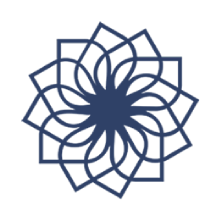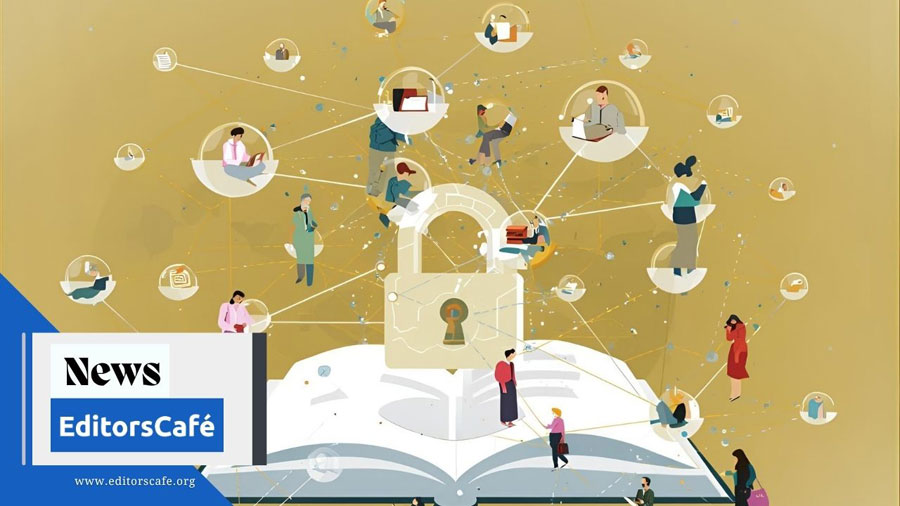Retractions and Research Integrity: New Tools Editors Should Know

Retractions are becoming an increasingly visible signal of how complexand vulnerablethe scholarly publishing landscape has become. While retractions once stemmed mainly from honest errors, a significant portion today arises from organized misconduct, including paper mills , fake peer reviews, and identity fraud. This shift has prompted journals, publishers, and editors to rethink how integrity is managed and monitored.
The Growing Scale of Retractions
Recent data highlight the acceleration of retraction activity. Between 2020 and 2022, over 2,000 papers were withdrawn for links to paper mills across more than 140 journals, with some titles retracting over 100 articles. In 2025, several major publishers, including Frontiers, undertook mass retractions linked to fraudulent peer review networks. The Committee on Publication Ethics (COPE) has also updated its retraction guidelines, addressing emerging issues such as third-party authorship and undisclosed AI-generated content.
These developments underline a crucial reality: editorial vigilance must now extend beyond peer review to include digital detection, authorship verification, and data integrity checks.
Tools Strengthening Editorial Integrity
To meet this challenge, several new platforms have emerged to assist editors in identifying and mitigating risks early in the workflow.
1. Retraction Watch Database
A comprehensive, continually updated repository tracking retracted publications and their causes. Editors can search authors, titles, or DOIs to check for prior retractions, providing valuable background before advancing a submission.
2. Papermill Alarm (Clear Skies)
Using machine learning and authorship network analysis, Papermill Alarm flags suspicious manuscripts that resemble known paper-mill templates. Integrated directly with editorial systems like ScholarOne and Silverchair, it uses a simple “traffic-light” alert system (red, orange, green) to guide editorial scrutiny. Clear Skies’ Oversight dashboard also helps journals monitor integrity metrics and trends across portfolios.
3. STM Integrity Hub
Developed by the STM Association, this cloud-based platform enables publishers to screen submissions for duplicate content, paper-mill patterns, and image manipulation. The Hub acts as a shared infrastructure, particularly beneficial for smaller journals, integrating multiple tools, including Papermill Alarm, into a unified workflow.
Integrating Tools into Editorial Workflows
Editors can strengthen quality control by embedding these tools at key stages:
- At submission: Automatically screen manuscripts using STM Integrity Hub or Papermill Alarm before peer review. Flagged submissions can undergo additional identity verification or data audits.
- During review: Train editors and reviewers to recognize red flags such as inconsistent author affiliations, recycled phrasing, or implausible data. Combine human oversight with automated alerts for a layered defense.
- Post-publication: Monitor published content using Retraction Watch alerts to track developments or citations of retracted papers and take corrective action promptly.
Establishing escalation workflows for flagged manuscripts, complete with transparency and documentation, helps maintain trust and consistency. Moreover, clear author guidelines stating that submissions are subject to integrity screening act as both a deterrent and reassurance.
Moving Toward Proactive Integrity Management
Research integrity is no longer a matter of correction after the fact; it’s about prevention through smarter systems. By integrating tools like Retraction Watch, Papermill Alarm, and STM Integrity Hub into editorial operations, editors can transition from reactive policing to proactive quality assurance.
In an era of growing publication pressure and technological complexity, these tools empower editors to uphold the credibility of scholarly publishing, one verified manuscript at a time.
Keywords
Retractions research integrity paper mills editorial tools Papermill Alarm STM Integrity Hub Retraction Watch scholarly publishing
Editor’s Brew delivers fresh updates, community highlights, and editorial insights on behalf of ACSE. These posts represent the “daily blend” of news, initiatives, and collective wisdom from across the scholarly publishing community.
View All Posts by Editor's BrewDisclaimer
The views and opinions expressed in this article are those of the author(s) and do not necessarily reflect the official policy or position of their affiliated institutions, the Asian Council of Science Editors (ACSE), or the Editor’s Café editorial team.



